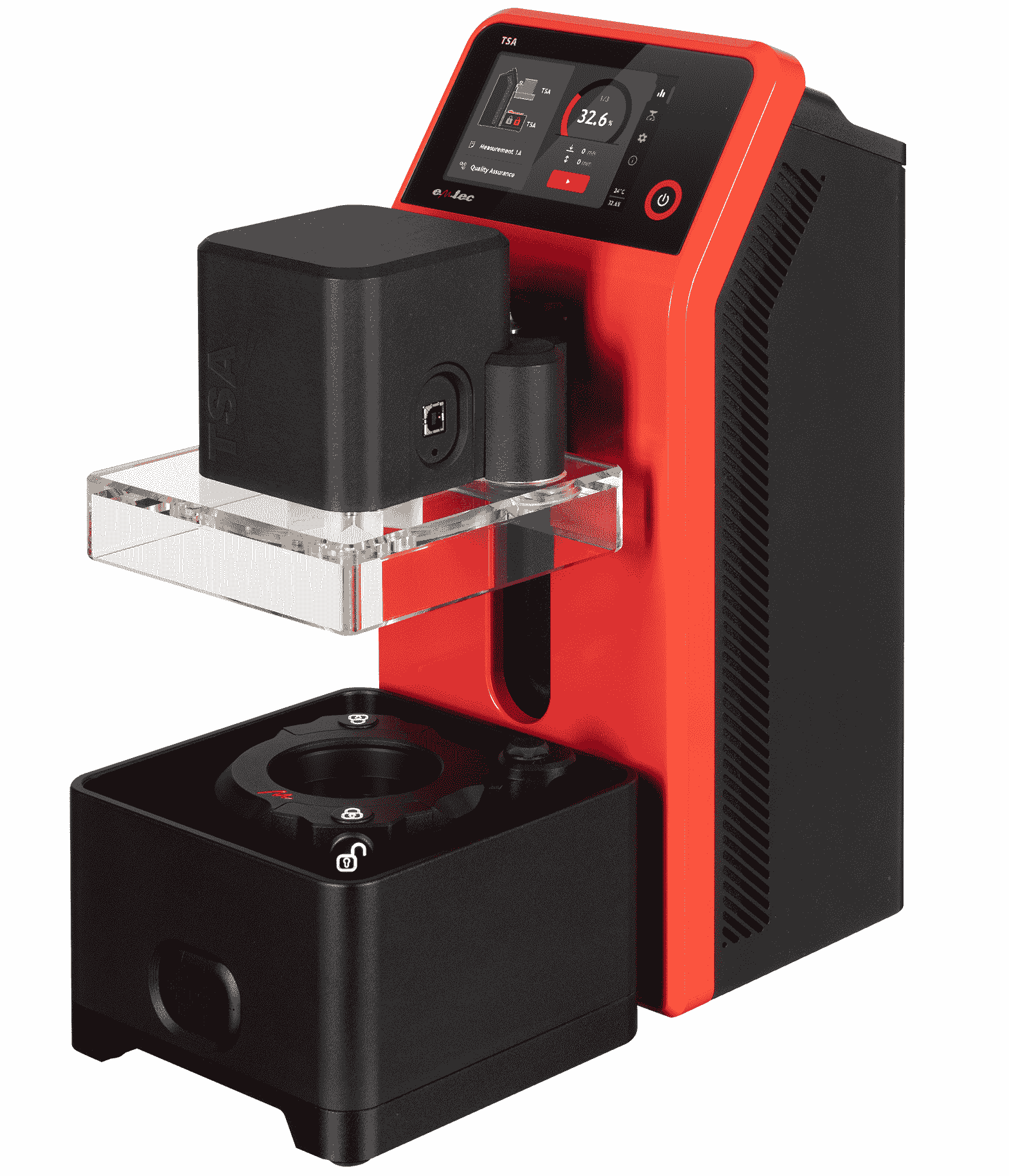In the textile industry, which is highly engineered, automated, and digitised, objective test data are digitally available. This enhances the efficiency of various processes across the entire production chain, from fibre to finished product. Clear, fast, and understandable communication between different parties in the textile industry facilitates quicker product development, ensures consistent fabric quality, and helps reduce the industry's environmental footprint.
Although touch and wearing comfort are crucial quality parameters for consumers when making a purchase, they have long eluded objective measurement. Hand tests serve as an alternative, with the best-case scenario involving trained panels and the worst-case relying on individuals who may change daily. The industry also commonly tests for wearing comfort, such as how well a fabric fits. However, there is a distinction between a textile product that feels good to touch and one that is also comfortable to wear.
Relying on hand tests or subjective assessments of wearing comfort presents several disadvantages. These methods often produce unreliable and inaccurate results, leading to uncertainties in product development, quality control, complaint analysis, and market understanding. Consequently, optimising the haptic quality of textile fabrics and finished goods based on these tests can only be minimally satisfactory.
The newly redesigned emtec TSA Tactile Sensation Analyzer offers an innovative testing solution that objectively and separately measures individual parameters affecting touch and wearing comfort. The basic parameters determining touch—such as softness, smoothness, stretch, recovery, crumplability, friction, and thermal handshake—are all measured by the emtec TSA. Mathematical models then calculate “hand feel values” or “wearing comfort values” based on these individual parameters. These calculated values typically correlate almost perfectly, up to nearly 100 per cent, with human expectations.
Originating in the tissue paper industry (starting 2006) under the name Tissue Softness Analyzer, the TSA has since become an established industry standard for haptic measurement worldwide. Its measuring principles and practical application have been featured in a Technical Information Paper: TIP 0808-07 (2021) from the Technical Association of the Pulp and Paper Industry (TAPPI). Fibre makers, tissue paper makers and converters as well as chemical suppliers and retailers use the TSA device and its measured data to communicate about haptic quality parameters objectively and without misunderstandings.
In 2015, emtec Electronic successfully started first TSA activities with textiles, since then the number of TSA users in this industry has increased steadily. The instrument has been adapted to the specialties of textile fabrics and works as reliable, repeatable and accurate as it does for tissue paper. The availability of objective and reliable test data for haptics is a big step forward for the textile industry. The possibility to measure each of the basic parameters individually and independent from each other is an added advantage. Further, being able to constantly digitise TSA test data and to share these data with partners from the supply chain would be still better.

Currently, many industries engage in this other important topic: digitisation. Key words as ‘Industry 4.0’ are on everyone’s lips. One of emtec’s appreciated activities is finding and developing innovative solutions to support the industries’ aims.
A second tool on the path to automation and digitisation is the noteworthy addition to the redesigned emtec TSA Tactile Sensation Analyzer: a virtual haptic database, the Virtual Haptic Library, developed in collaboration with Black Swan Textiles. This cloud-based solution digitises, processes, and categorises sample data according to specific haptic traits. This not only facilitates real-time global quality assurance but also can serve as an online marketplace. The Virtual Haptic Library is supposed to be the platform for the industry to communicate objective test data for the different haptic quality parameters and the calculated hand or wearing comfort values from anywhere worldwide without any misunderstandings.
If device and cloud are used in combination, the Tactile Sensation Analyzer captures the digital haptic parameters of the samples in a fabric library. A user can measure a development sample or use standardised key descriptors to search the database for existing fabric matches, eliminating wasted time due to sample confusion, long shipping routes, unclear descriptions or language barriers. The Virtual Haptic Library enables brands to communicate numeric haptic specifications and mills to verify compliance for each fabric without shipping samples around the world. Samples can be compared to a ‘digital standard’ and objectively QC’ed for acceptability.

The cloud-based haptic library is a great step for the industry’s digitisation and is able to efficiently simplify everyday work and tasks by improving the supply chain communication, accelerating fabric developments, assuring product quality, reducing courier costs required to send fabric samples, and thereby reducing the environmental footprint.










Comments